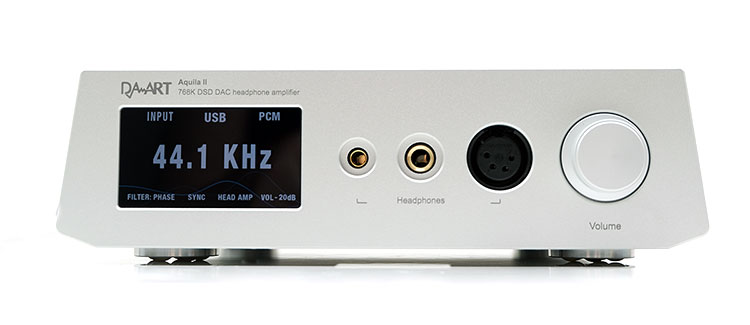Hi Andy,
Thank you for the response.
But I think you know a little bit about me and you know that isn't the answer I expected

So let me preface my question. In Indian Audiophile community we like to experiment a lot with mods.
For eg: Topping D50's tonality was fixed by just removing the stock opamp (which iirc was opa1612, not on socket, it was soldered to the board but still easily doable) and replacing with opa2156.
I wanted to know beforehand if any such thing is possible, on my own risk of course i.e. if you're using opamps for I/V, LPF, LO, etc... then for many of use that means flexibility of tuning.
From the what I have read in a few days about Aquila II, seems like a pretty good device.

























